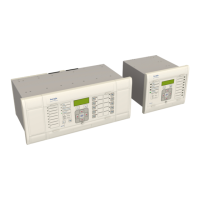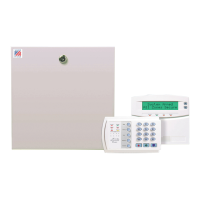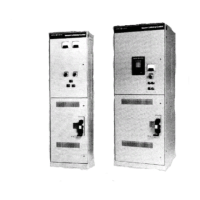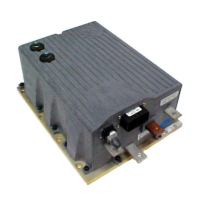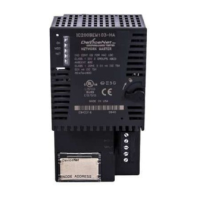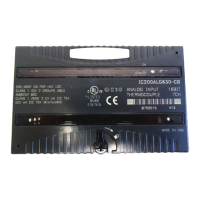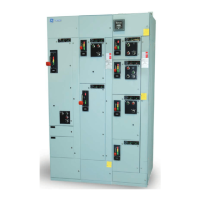3.1.5 MEMORY POLARIZATION OF MHO CHARACTERISTICS
Self-Polarized Directional Mho characteristics require sufficient polarizing voltage to detect the voltage angle.
Therefore such a characteristic is unable to operate for close-up faults where there would be insufficient polarizing
voltage. To ensure the correct Mho element response for zero-voltage faults, the protection algorithm adds a
percentage of voltage from the memory to the main polarizing voltage as a substitute phase reference.
This technique is called memory polarizing. Not only does it preserve the directional property of the Mho
characteristic, it actually enhances it by dynamically expanding or contracting the characteristic.
3.1.6 DYNAMIC MHO EXPANSION AND CONTRACTION
The signals provided to the Mho comparators for memory polarization are:
S
1
= V + pV
mem
S
2
= V - IZ
where:
● V is the self-polarization voltage
● V
mem
is the memory polarization voltage
Operation occurs when the angle between the signals is greater than 90°.
The memory voltage V
mem
is the pre-fault voltage. Assuming the pre-fault current is close to zero at the relaying
point, he pre-fault voltage is equal to the source voltage. Therefore:
V
mem
= V
S
Dynamic Mho Expansion for Forward Faults
The contribution of additional polarizing input creates dynamic Mho expansion for forward faults and increases
the fault arc resistance coverage.
Referring to the diagram below:
Figure 56: Simplified forward fault
For a fault condition we can write the following equations:
V
S
= V + I.Z
S
90
1
90° ≤ ∠ +
+
⋅
− ∠ −
( )
≤ − °V I Z V I Z
p
p
S
The Mho expansion for a forward fault is illustrated in the following diagram:
Chapter 7 - Distance Protection P543i/P545i
144 P54x1i-TM-EN-1
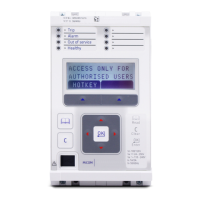
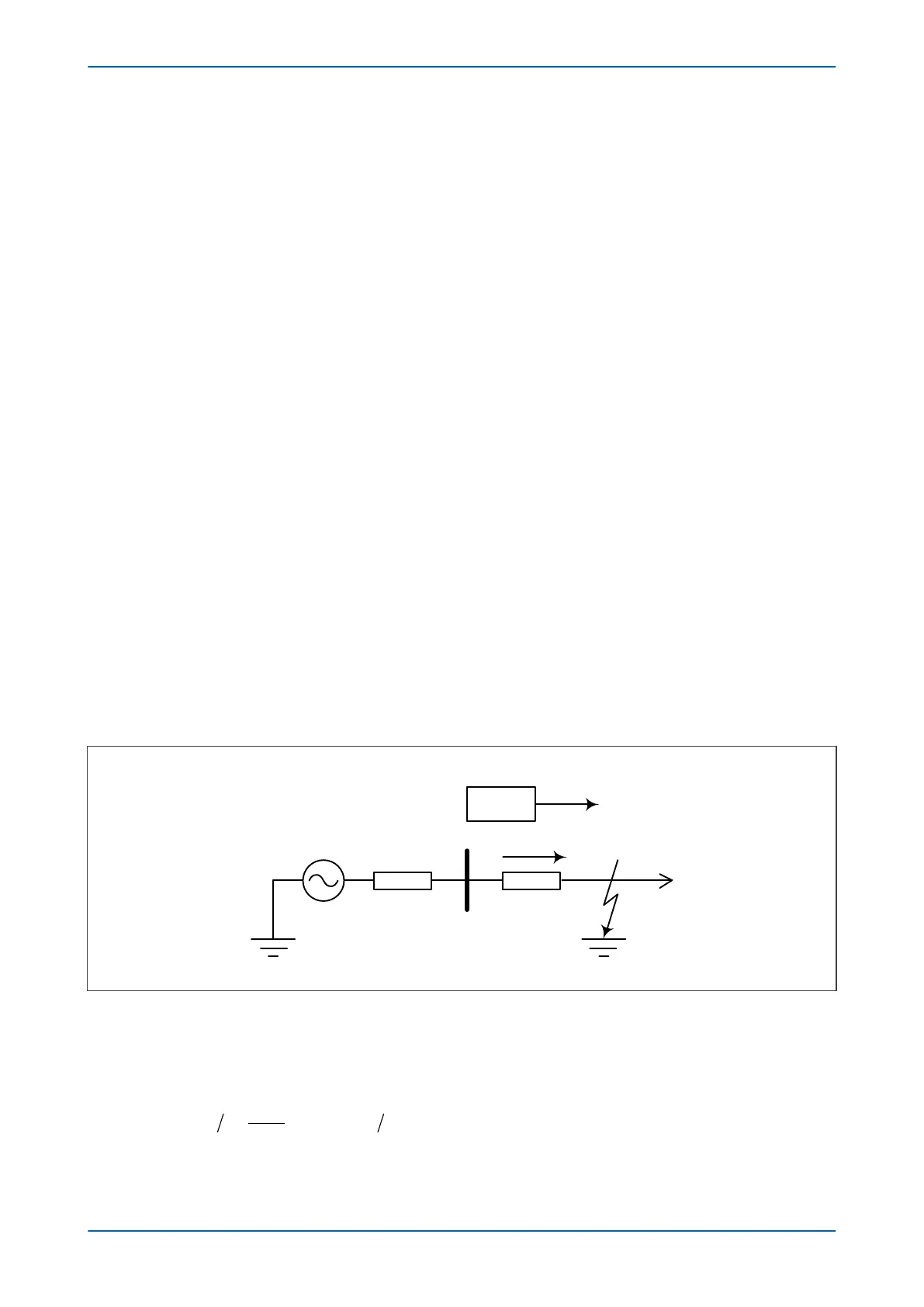